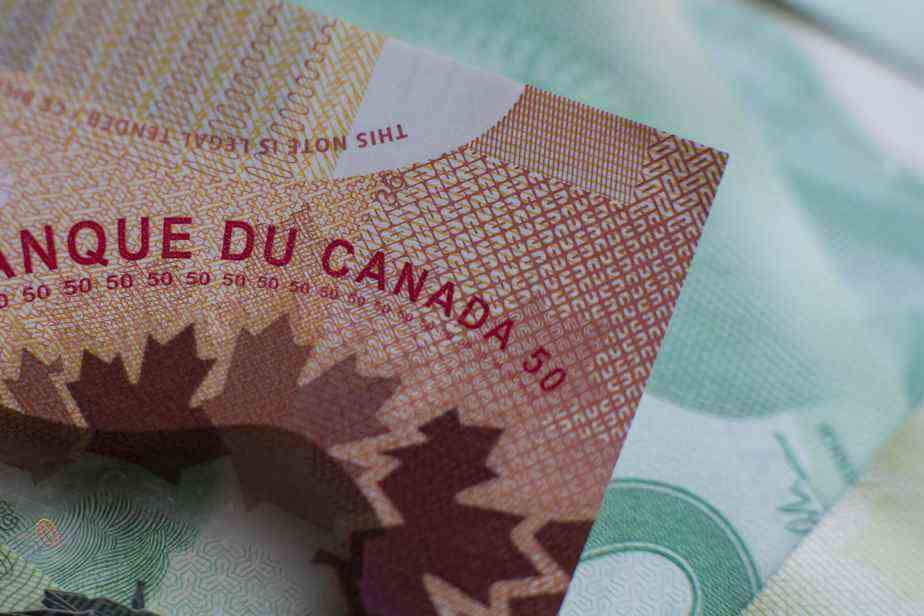Question of the week: “I would like to know how Canada’s debt works. When the federal government produces a deficit budget, the Bank of Canada lends it the missing money. But where does this money come from? – Jacques Robinson
Governments finance themselves through taxes and levies, revenues that are generally not enough to pay their expenses in full. They therefore have to borrow money to finance these deficits between income and expenditure.
The Bank of Canada is the bank of the federal government and it is she who grants and manages its loans, explains the economist Jean-Michel Cousineau, professor at the University of Montreal.
Government borrowing takes the form of treasury bills, which are short-term securities, and bonds, which are longer-term securities. These debt securities are issued by the Bank of Canada and sold on financial markets. When the Bank of Canada itself buys federal government securities, it pays by creating money.
“These government debt securities are issued in an open market, and anyone can buy them, Canadians and non-Canadians alike,” says Benoit Durocher, economist at Desjardins.
The Bank of Canada also buys it and can even buy a lot if necessary, as has been the case during the pandemic to allow the government to help individuals and businesses to deal with the crisis.
During the 2020-2021 fiscal year, the federal government’s debt increased considerably. Canadian investors, including the Bank of Canada, held 76% of the debt and foreign investors 24%.
Federal government debt securities earn interest for those who buy them, including the Bank of Canada.
The debts of the federal government must be repaid, or risk creating an uncontrollable inflation. The government repays its borrowings with the revenue it derives from taxes and levies.
The Bank of Canada’s mission is to keep inflation under control, within a range of 1% to 3%. In principle, it exercises control over government spending, which cannot borrow without limits.
This balance between the interests of the government and the mission of the central bank works relatively well in most member countries of the OECD, specifies Jean-Michel Cousineau.
It is the federal government that appoints the Governor of the Bank of Canada, but the central bank is completely independent in its operation, specifies Benoit Durocher.
Do you have questions about personal finance, the world of work, the stock market, finance, technology, management or another related subject? Our journalists will answer one of them every week.
